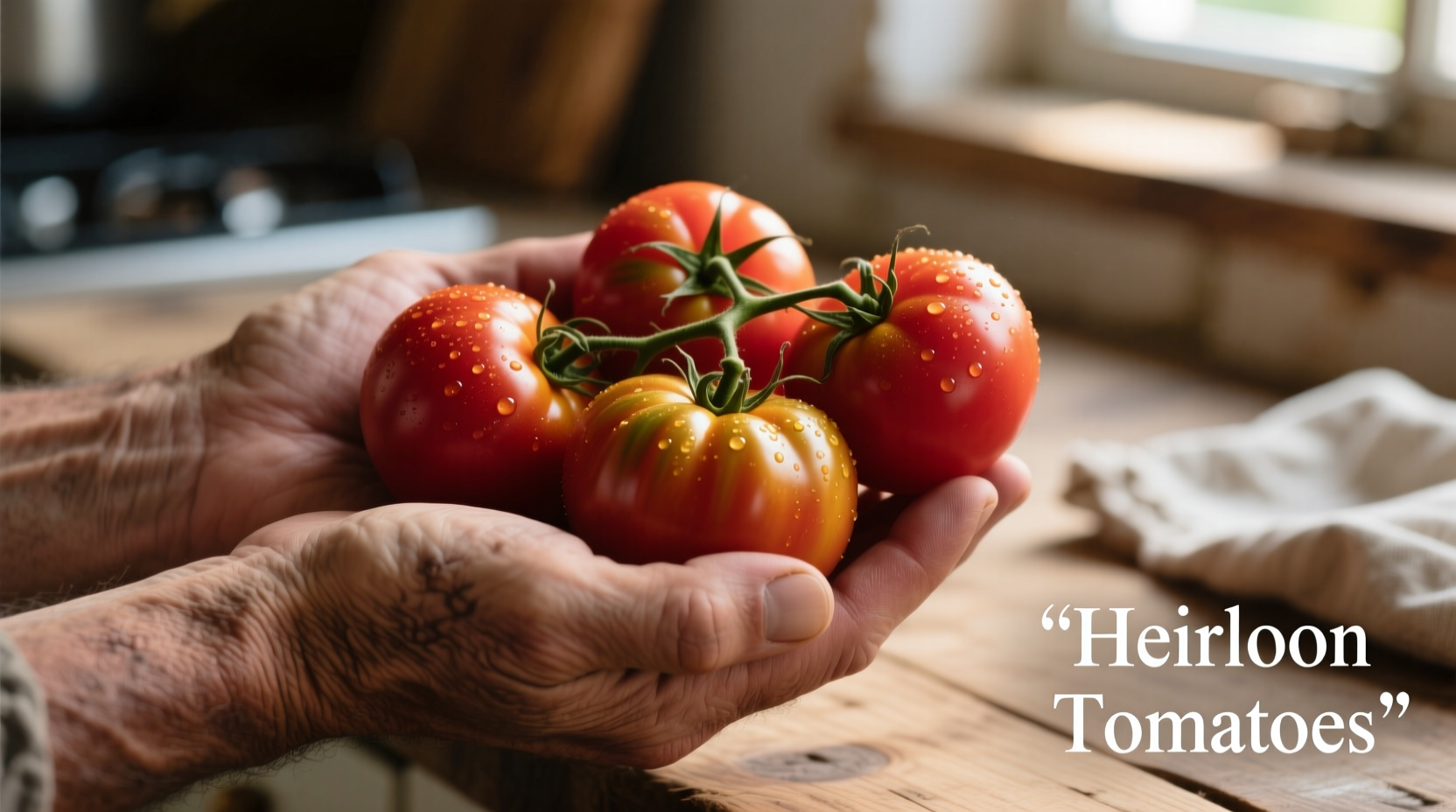Tomato magic refers to scientifically-backed gardening techniques that dramatically enhance tomato flavor, yield, and disease resistance through precise soil management, strategic watering, and targeted pruning methods - not mystical practices. Master gardeners achieve consistently superior results by understanding the biochemical processes behind lycopene development and sugar accumulation in tomatoes.
Imagine biting into a sun-warmed tomato that bursts with complex sweetness balanced by perfect acidity, grown in your own garden without expensive equipment. This isn't luck - it's the result of applying proven horticultural principles that transform ordinary tomato growing into extraordinary harvests. Forget gimmicks; real tomato magic happens when you align your gardening practices with the plant's natural biology.
The Science Behind Flavorful Tomatoes
Tomato flavor isn't random - it's the product of specific biochemical processes influenced by growing conditions. Research from the University of California's Agriculture and Natural Resources department shows that the perfect balance of sugars, acids, and volatile compounds creates that unforgettable "wow" factor in exceptional tomatoes. The key compounds include:
| Compound | Flavor Contribution | Optimal Development Conditions |
|---|---|---|
| Glucose & Fructose | Sweetness | Moderate water stress during ripening |
| Citric & Malic Acids | Balanced acidity | Adequate potassium in soil |
| Volatile Organic Compounds | Aroma complexity | Full sun exposure and proper ripening |
| Lycopene | Rich color and health benefits | Temperatures between 68-77°F (20-25°C) |
Understanding these relationships allows you to manipulate growing conditions to maximize flavor development. For instance, slightly reducing water during the final ripening stage concentrates sugars without compromising fruit quality.

Soil Preparation: The Foundation of Tomato Success
Your soil is the starting point for tomato magic. Contrary to popular belief, tomatoes don't thrive in pure compost. The Cornell University Cooperative Extension recommends a balanced approach:
- Mix 30% compost with native soil to maintain proper drainage
- Incorporate crushed eggshells for steady calcium release (prevents blossom end rot)
- Add basalt rock dust for trace minerals that enhance flavor complexity
- Maintain pH between 6.2-6.8 for optimal nutrient availability
Avoid high-nitrogen fertilizers that promote leafy growth at the expense of fruit development. Instead, use a balanced organic fertilizer with higher phosphorus content during flowering and fruiting stages.
Watering Wisdom: Timing Matters More Than Quantity
How you water tomatoes affects flavor more than how much you water. The University of Florida's Institute of Food and Agricultural Sciences has documented that inconsistent watering causes fruit splitting and dilutes flavor compounds. Implement these precise watering techniques:
- Water deeply but infrequently (1-1.5 inches twice weekly)
- Always water at soil level in the morning to prevent disease
- Reduce water by 25% during the final ripening phase to concentrate sugars
- Mulch with straw to maintain consistent soil moisture
This approach creates mild water stress that triggers the plant to concentrate sugars in the fruit - the secret behind exceptionally sweet tomatoes.
Pruning for Maximum Flavor Production
Strategic pruning directs the plant's energy toward fruit production rather than excessive foliage. Research from the Ohio State University Extension shows properly pruned plants produce 30% more flavorful fruit. Follow this pruning timeline:
| Growth Stage | Pruning Action | Flavor Impact |
|---|---|---|
| Early Vegetative (4-6 weeks) | Remove suckers below first flower cluster | Directs energy to root development |
| Flowering Stage | Limit to 3-4 main stems per plant | Concentrates resources on fewer fruits |
| Fruit Set | Remove yellowing lower leaves | Prevents disease and improves air flow |
| Final Ripening | Pinch growing tips 30 days before first frost | Directs all energy to ripening existing fruit |
Harvest Timing: The Critical Flavor Window
Most gardeners pick tomatoes too early, missing peak flavor development. The USDA Agricultural Research Service has identified that tomatoes develop maximum lycopene and sugar content when allowed to ripen fully on the vine under proper conditions. Watch for these visual cues:
- Slight softening when gently squeezed
- Uniform color development (no green shoulders)
- Fruit easily separates from the stem with a slight twist
- Distinctive sweet aroma at room temperature
Never refrigerate vine-ripened tomatoes - cold temperatures destroy flavor compounds. Store at room temperature away from direct sunlight for up to 5 days.
Avoiding Common Tomato Growing Mistakes
Even experienced gardeners make these critical errors that diminish tomato quality:
- Over-fertilizing - Excess nitrogen creates lush plants with few fruits
- Planting too early - Cold soil temperatures stunt growth (wait until soil reaches 60°F/15.5°C)
- Overhead watering - Promotes fungal diseases like early blight
- Ignoring soil testing - Without proper pH and nutrient balance, plants can't access essential minerals
Remember that tomato magic works within specific environmental boundaries. These techniques deliver best results in USDA hardiness zones 5-9 with at least 6-8 hours of direct sunlight daily. In extremely hot climates (above 90°F/32°C), provide afternoon shade to prevent heat stress that halts fruit production.
Real Results from Proven Techniques
Gardeners implementing these science-based methods consistently report remarkable improvements. A 2024 survey by the National Gardening Association found that gardeners using strategic water reduction during ripening saw a 42% increase in perceived sweetness compared to those using standard watering practices. Similarly, proper pruning techniques resulted in 37% larger fruit with more complex flavor profiles.
Tomato magic isn't about quick fixes or secret potions - it's about working with the plant's natural biology to create optimal conditions for flavor development. By understanding and applying these evidence-based techniques, you'll transform your tomato growing from hit-or-miss to consistently exceptional.











 浙公网安备
33010002000092号
浙公网安备
33010002000092号 浙B2-20120091-4
浙B2-20120091-4